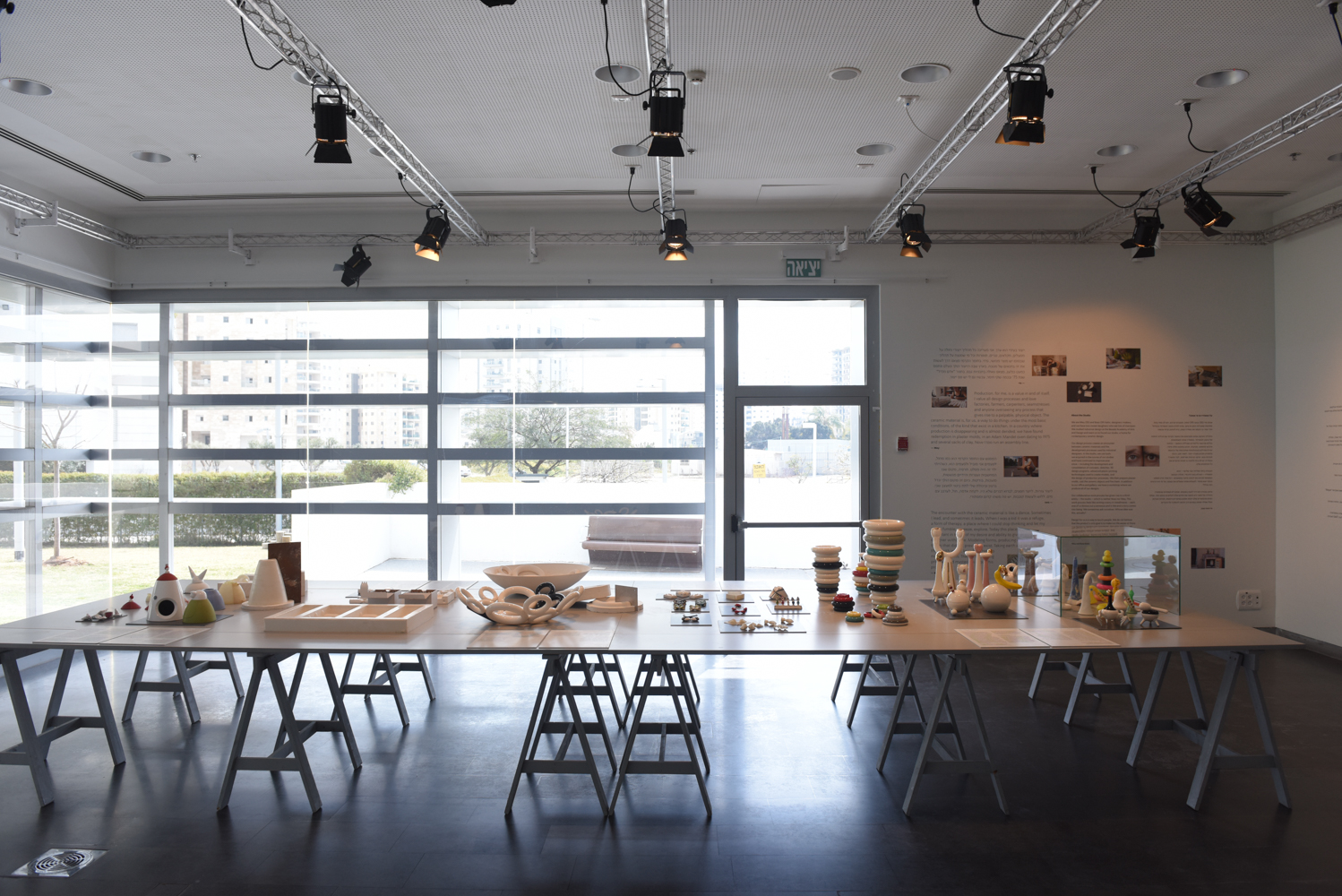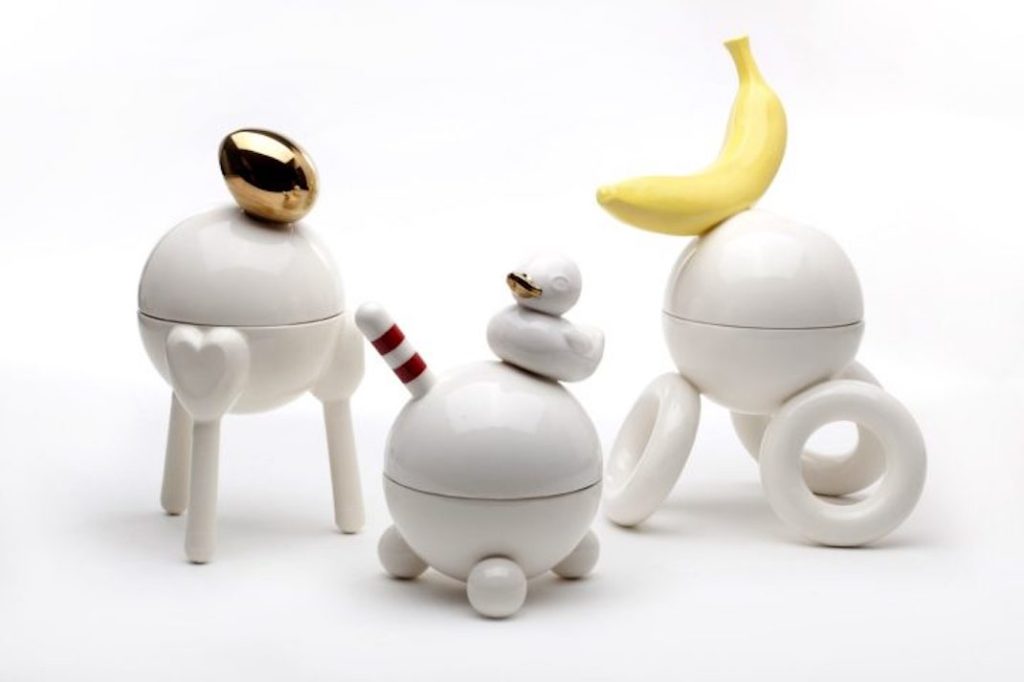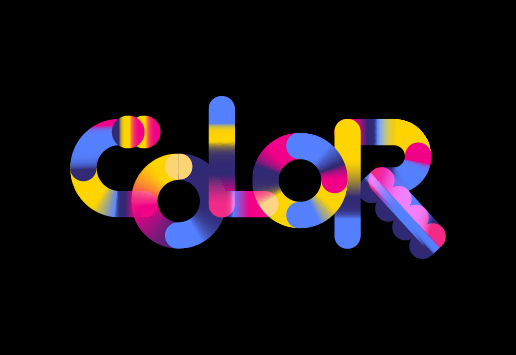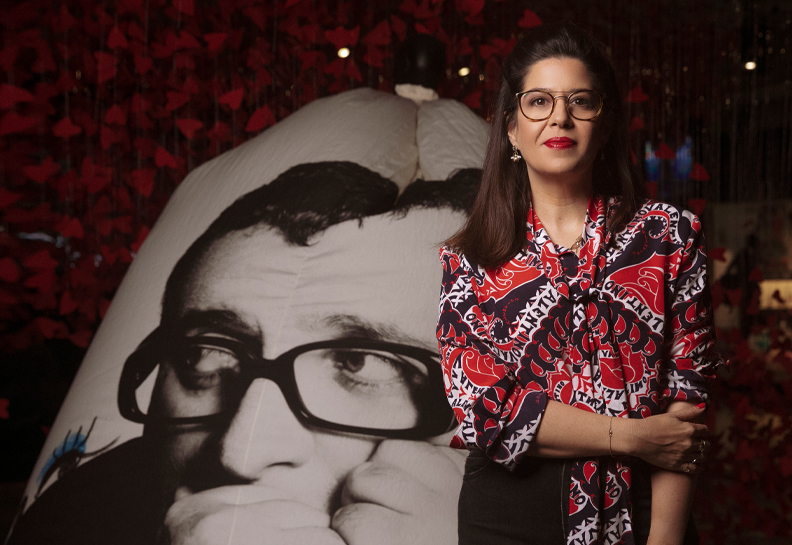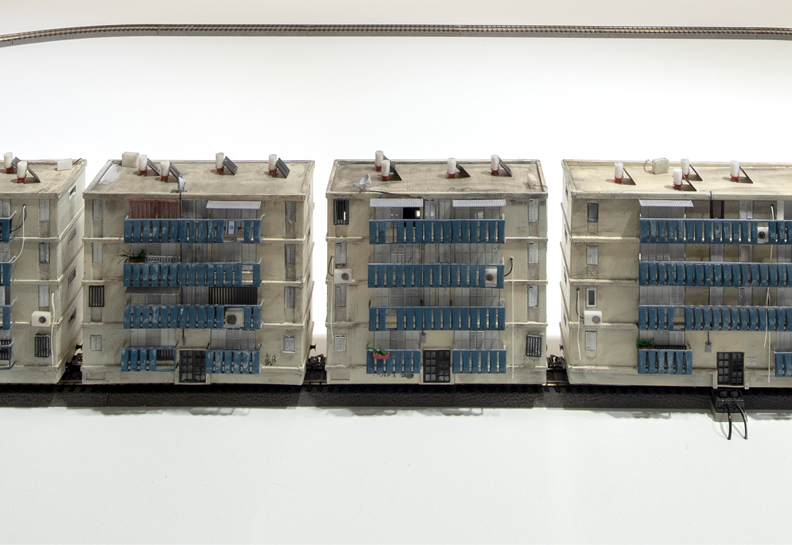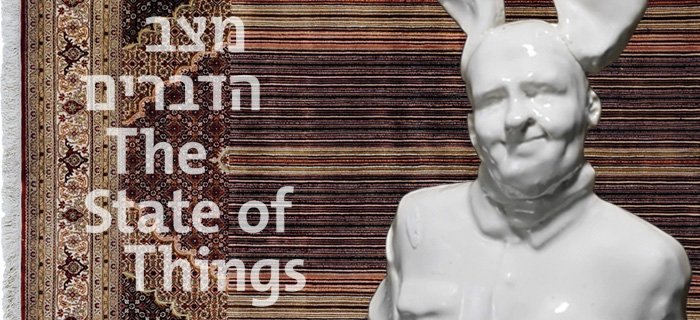July 04, 2015 – October 31, 2015
From Mold to Fragment – Studio Kahn from the Museum Collection describes a full and complete development process comprising three familiar objects in the Israeli field of design in the past seven years: a salt shaker, a chain, and a fruit bowl. The importance of the objects is in the complex ability of industrial designers to sustain a unique innovative-creative process even with respect to three everyday objects. On the one hand, the ability of industrial designers to move freely between worlds of content and technology in a way that presents them with opportunities for groundbreaking thinking, and on the other, the work methods of industrial designers, which are highly ordered and possess considerable internal discipline, and leads them to develop detailed plans and complete-product production even with materials that essentially belong to the typology of craft.
This exhibition of objects from the Museum Collection will engage with all the development stages: from initial model, through printed model, first plaster molds, and final molds, to unique drying devices and mixed castings, alongside texts, films, and sketches.
